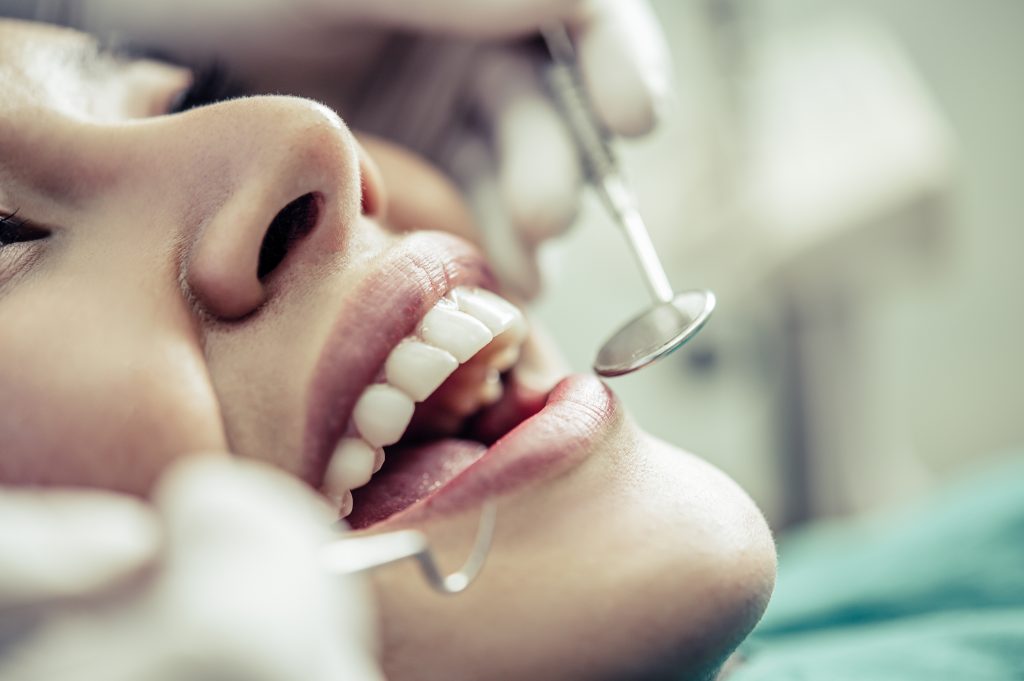

Onlays and Inlays
If decay has already set in and caused damage to the tooth, it may be that a filling is not sufficient. The next step to cover the damage and restore your tooth to its natural looking state is an onlay or inlay. Onlays and inlays bridge the gap between a small filling and the need to cover the tooth entirely with a crown and will stop decay before it develops into something more serious.
We work hard to maintain and keep your teeth as healthy as possible for as long as possible. The longer you can keep your natural teeth, the better it is for your overall oral health. Inlays and onlays are a method of preserving teeth which have been attacked by decay. While crowns are an option for damaged teeth, they often require your dentist to file down or remove a little of your existing tooth, in order for the sleeve to fit nicely over the top and stay in line with your existing teeth. Onlays and inlays fit onto your teeth in a way that maintains all or most of your current tooth structure.
Do I need an inlay or an onlay?
Larger cavities are best treated with inlays and onlays, as fillings simply won’t manage the damage. Inlays are very similar to fillings in that they close up a gap. An inlay sits inside your tooth, while an onlay is fitted to the outside of it and is usually used to build up any area of tooth damage or if your tooth has fractured. It is often the back teeth that require this kind of attention, as the surfaces of the ‘chewing’ teeth are particularly vulnerable to developing cavities.
You may also have an amalgam (silver) filling that you would like replaced with a more natural coloured onlay or inlay.



















